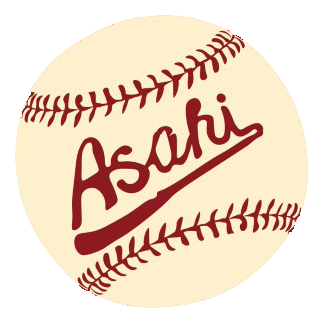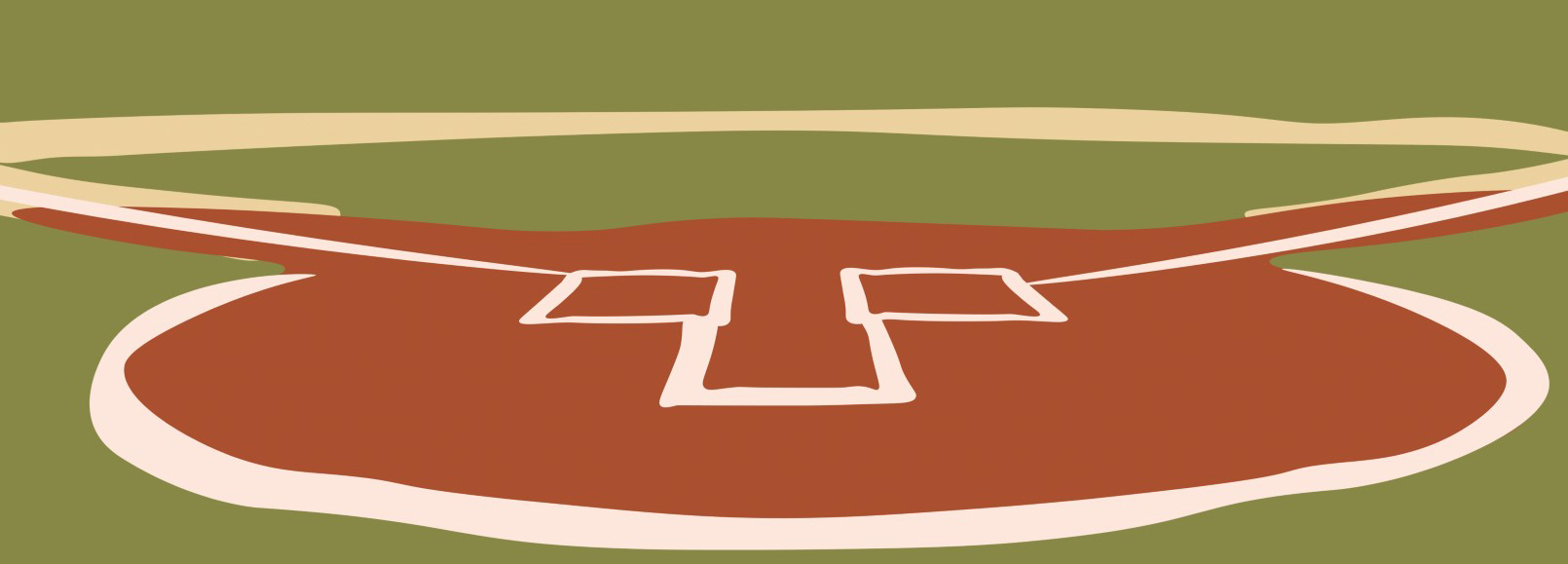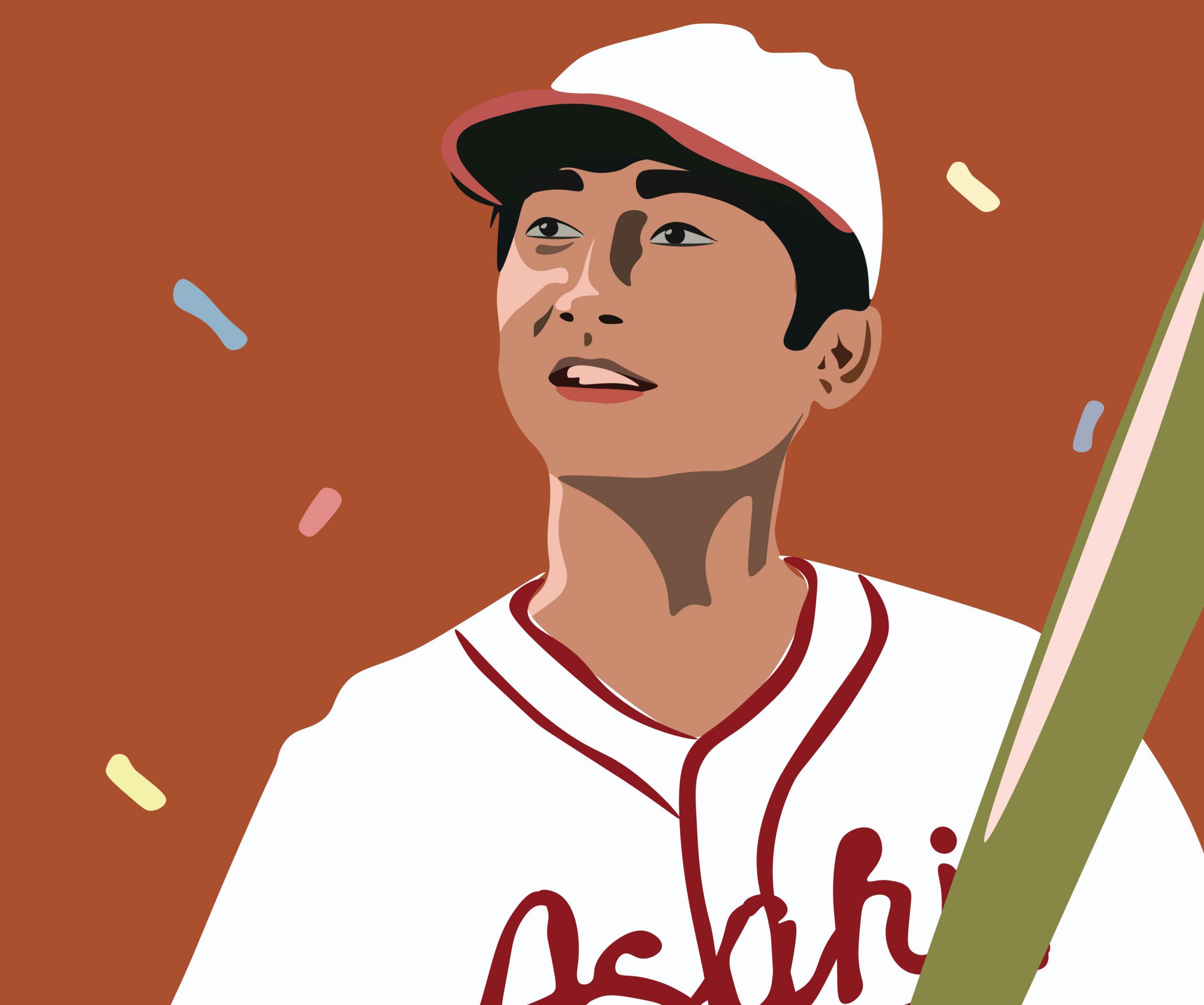
Legendary baseball team endured hardship as team was disbanded during WWII
By Brandon Yip, Senior Columnist
On the ball diamond, for nine brief innings, they were equals with anyone else. The importance of what that meant to the Japanese-Canadian community in the Vancouver area still resonates today.”
– Jason Beck, BC Sports Hall of Fame curator
This year marks 80 years since the amateur Japanese-Canadian baseball team Vancouver Asahi played their final game at Oppenheimer Park. The Asahi (meaning “morning sun”) were a source of pride and a beacon of hope for the Japanese-Canadian community in Vancouver, helping their spirits as they experienced the hardships of racial discrimination in the early 1900s. The Asahi played their home games at Oppenheimer Park (originally known as Powell Street Grounds) from 1914 to 1941. The team was not playing baseball merely for recreation and to pass time; they played to compete and win. The Asahi would develop into a very competitive team winning numerous amateur baseball titles in several leagues.

The community shutdown to attend games
In the late 1880s, an influx of Japanese immigrants arrived in Vancouver noted by the arrival of Manzo Nagano in May 1877, the first Japanese person to arrive and settle in Canada. Early Japanese settlers worked in the lumber, mining, and fishing industries. Japanese-Canadians later settled in Vancouver’s Downtown Eastside area which was known as Japantown, Little Tokyo, or Paueru Gai (Powell Street) located east of Gastown and north of Chinatown. Businesses and livelihoods eventually developed and the game of baseball would soon capture the attention of the Japanese-Canadian community—bringing them together. According to Pat Adachi’s 1992 book, Asahi: A Legend in Baseball, the team was formed in 1914 by several players, which included three brothers: Hatsu Mickey Kitagawa, Yo Horii, and Eddie Kitagawa (Canadian born). Others included Yosomatsu Nishizaki and Canadian-born Tom Matoba who formed the nucleus of the Asahi; the team was managed by Matsujiro Miyasaki (1914 to 1917), a local clothing and food store owner. Dave Zarum, in his 2019 Sportsnet.ca article wrote this about the Asahi: “multiple generations of Japanese-Canadian families congregated at Oppenheimer Park near Powell and Main Street. Businesses closed, schools let out early, and if there happened to be a Sunday game the church was empty, too.”
The art of “brain ball”
A turning point for the Asahi occurred in 1922 when Harry Miyasaki, a Powell Street dry cleaner, took over as team manager. His objective was to form a team that could defeat the Anglo-Canadian baseball clubs and capture the Terminal League Championship. The Asahi were not known for their size (the players were significantly smaller than their Caucasian baseball counterparts) but the Asahi did not let their lack of mass be an impediment in their baseball. To compensate for his team’s absent height and hitting power, Miyasaki taught his players to practice bunting, base running, and “squeeze” plays. These strategies became known as “brain ball” and would become their trademark.
In May 1928, the Asahi won a game by the score of 3 to 1. Many people would wonder what the significance of a 3 to 1 result was, but it should be noted that the Asahi did not get a single hit in this game. Instead they relied on bunts, steals, and errors by the opposition.
Al Mosher, who was a pitcher for the Downtown Patricia’s ball club, played against the Asahi. He remembered their speed and how quickly they would get to baseballs when playing defence. “As far as the defence, they were the best ball players around,” Mosher said in the 2003 documentary, Sleeping Tigers: The Asahi Baseball Story. “You couldn’t hit a ball through the infield past them. They were just like cats onto it.” However, Mosher noticed a weakness: “But the only thing they couldn’t do [was] hit worth a lick.”
In 1919, the Asahi won their first championship playing in the amateur Vancouver International League. In 1926, the team won the Terminal League title and later won three more titles in 1930, 1932, and 1933. In 1936, they won the championship in the Commercial League (former City Senior B League) and the next year they won another Commercial League title. From 1938 to 1940, they captured three straight championships (Burrard League). The Asahi were showing their dominance, as more titles followed. For five consecutive years, they were the Pacific Northwest Japanese Baseball Champions (1937 to 1941). This was highlighted by a memorable 1938 campaign, winning three championships (Burrard League, Commercial League, and Pacific Northwest Japanese League). In their final season in 1941 (Burrard League), the Asahi were defeated by Angelus in the fifth playoff game (semi-finals) on September 18.
Japanese-Canadian internment camps
World War II began in 1939 and in December 1941, Japan attacked Pearl Harbour and invaded Hong Kong leading Canada to declare war on Japan. The federal government issued the 1914 War Measures Act to register and label all Japanese-Canadians as “enemy aliens.” All Canadians of Japanese descent were removed from the designated hundred-mile security zone along the BC west coast. Approximately, 21,000 Japanese-Canadians were transported to live in internment camps in the BC Interior; it was the largest mass exodus in Canadian history. Among the 21,000 Japanese-Canadians 8,000 were placed at Hastings Park as a holding camp between March and September 1942 before being relocated to internment camps. Given only 24 to 48 hours to gather belongings they could only carry in a couple of bags, Asahi players packed their uniforms and baseball gloves, photo albums, and scrapbooks. Also, the federal government confiscated the property and possessions of Japanese-Canadians. This was done to finance the internment camps while also discouraging them from returning to the West Coast. Sadly, it also marked the end of the Asahi baseball team who played their final game at Oppenheimer Park on September 18, 1941.
Reparations
According to a 2001 CBC article about Japanese internment in Canada, after the war, the federal government made the decision to remove all Japanese-Canadians from BC. They were forced to pick either being deported to war-ravaged Japan, or disperse east of the Rocky Mountains. Most selected the latter and subsequently moved to Quebec, Ontario, and the Prairie provinces. Public protest would ultimately stop the deportations; however, 4,000 Japanese-Canadians had already left Canada. On April 1, 1949, Japanese-Canadians had reclaimed their freedom to live anywhere in the country.
In September 1988, the Canadian government under then Prime Minister Brian Mulroney issued a formal apology to Japanese Canadian survivors and families interned during WWII. He also announced a compensation package totaling $300 million, which included money for survivors as well as cash for a Japanese community fund and other money to be used to create the Canadian Race Relations Foundation. In May 2012, the BC government also issued an apology read by Naomi Yamamoto—the first Japanese-Canadian to be elected to BC parliament.
Interview with Jason Beck, BC Sports Hall of Fame curator
Jason Beck is the curator at the BC Sports Hall of Fame and was involved in the organizing of the team’s induction into the BC Sports Hall of Fame in April 2005. He said the team was a special one who brought pride and joy to a Japanese-Canadian community that endured so much hardship. “What made that team so special was what they accomplished on the ball field and the respect they earned amongst the sports community for their abilities and skill at a time when Japanese-Canadians were being openly discriminated against in most other areas of life,” Beck said in an email interview with the Other Press. “On the ball diamond, for nine brief innings, they were equals with anyone else. The importance of what that meant to the Japanese-Canadian community in the Vancouver area still resonates today.” Beck says it is tragic that WWII disbanded the Asahi, but he believes they left an indelible legacy: “I think the Asahi legacy is an example of the power of sport to bridge gaps between people of different backgrounds. I think they should also be remembered as one of the great teams in BC sport history because as much as their accomplishments on the field were significant, their story goes beyond baseball, beyond sport.”

Post-war recognition
Despite the Asahi being disbanded for over 60 years, the team would finally receive recognition and have their accomplishments acknowledged in 2003. Notably, a book written by Pat Adachi in 1992, Asahi: A Legend in Baseball, helped revive interest in the Asahi and bring their story to newer generations. In June of 2003, the Asahi were inducted into the Canadian Baseball Hall of Fame and Museum. That year the National Film Board released documentary Sleeping Tigers: The Asahi Baseball Story. In April 2005, the Asahi were inducted into the BC Sports Hall of Fame. In addition, in September 2011, a ceremony held in Oppenheimer Park announced a Parks Canada plaque to be installed. The plaque was placed two years later to acknowledge the national historic significance of the Asahi baseball team and their legacy playing games in the park. Furthermore, the film The Vancouver Asahi premiered at the 2014 Vancouver International Film Festival, and later received a Top Audience Award.
A new Heritage Minute video about the Asahi was recently released. Scooter Corkle was the director and was raised near the site of the internment camps in BC’s Kootenay Valley. He said it was “an immense honour” to get the opportunity to film about the Asahi telling Sportsnet: “I’d heard of them but never knew the extent to which their legacy lived on.”
Stamp of approval
In April 2019, Canada Post honoured the team with the unveiling of a commemorative stamp—appropriately in the shape of a baseball. It was designed by Subplot Inc. of Vancouver showing 11 players from the 1940 team. Among the 11 players was 97-year-old Kaye Kaminishi, the last surviving member of the Asahi. Carla Qualtrough, minister of Public Services and Procurement and Accessibility responsible for Canada Post, attended the special ceremony. She discussed the tragic period in Canadian history with the Canadian Press: “This stamp reflects the Asahi’s determination to overcome racism and discrimination through the power of sport. Asahi players exhibited integrity, honour, and fair play and were shining examples of what it means to be truly Canadian.”
The late Kiyoshi Suga, a former Asahi team member was also a statistician and secretary of the club. In the same 2003 documentary, he remembered how special the Asahi were in uniting Japanese-Canadians during times of hardship: “They gave us a sense of pride I guess more than anything else. They were our idols. They were our team regardless of where you lived on the coast. They were fighting for us, fighting for all Japanese. Despite all the hardships that were imposed on us, they showed us they could fight; they showed us [we] could overcome anything.”


